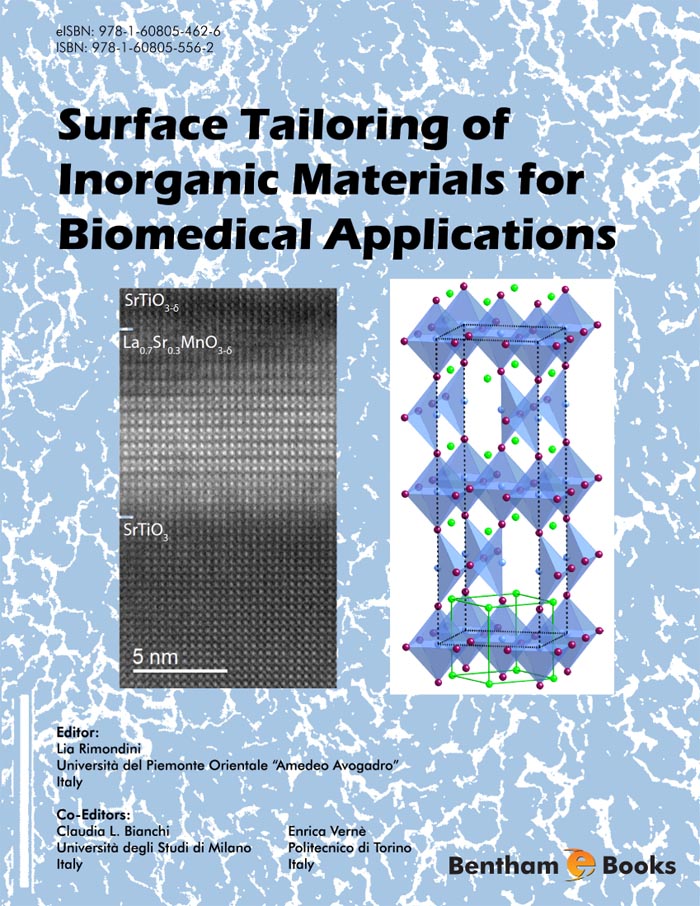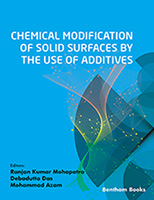Preface
Biomaterial surfaces play a crucial role in medicine and biology, since most of the biological reactions occurring in vivo take place at surfaces and interfaces. As an example, when biomaterials are implanted, protein adsorption on the foreign surface occurs immediately. In protein-surface interactions a variety of governing factors have to be considered in defining the role of the solid-solution interface. Among them, surface charge, surface roughness, absorbed ions, surface composition, surface energy etc., are determined by the physical state of the material.
In the last decades, the ability of scientists to investigate the composition and molecular structure of biomaterials surface has significantly increased, due to the evolution of the characterization techniques. Similar advancements have occurred in molecular biology and material science.
These advancements allowed the development of a biological model for surface science, aiming to understand how the biological behavior of a material can be controlled by its surface properties.
In this eBook, a number of examples of surface tailoring studies on different class of biomaterials are presented, offering a wide range state-of-the-art of biomedical surface science taking into account also the clinical applications.
The chapters of this eBook written by eminent scientists, everyone specialized in their own field, will serve as an important and useful reference source for biomedical engineers and biologists.
Lia Rimondini
Università del Piemonte Orientale “Amedeo Avogadro”, Novara
Italy
Claudia L. Bianchi
Università degli Studi di Milano, Milano
Italy
Enrica Vernè
Politecnico di Torino, Torino
Italy


